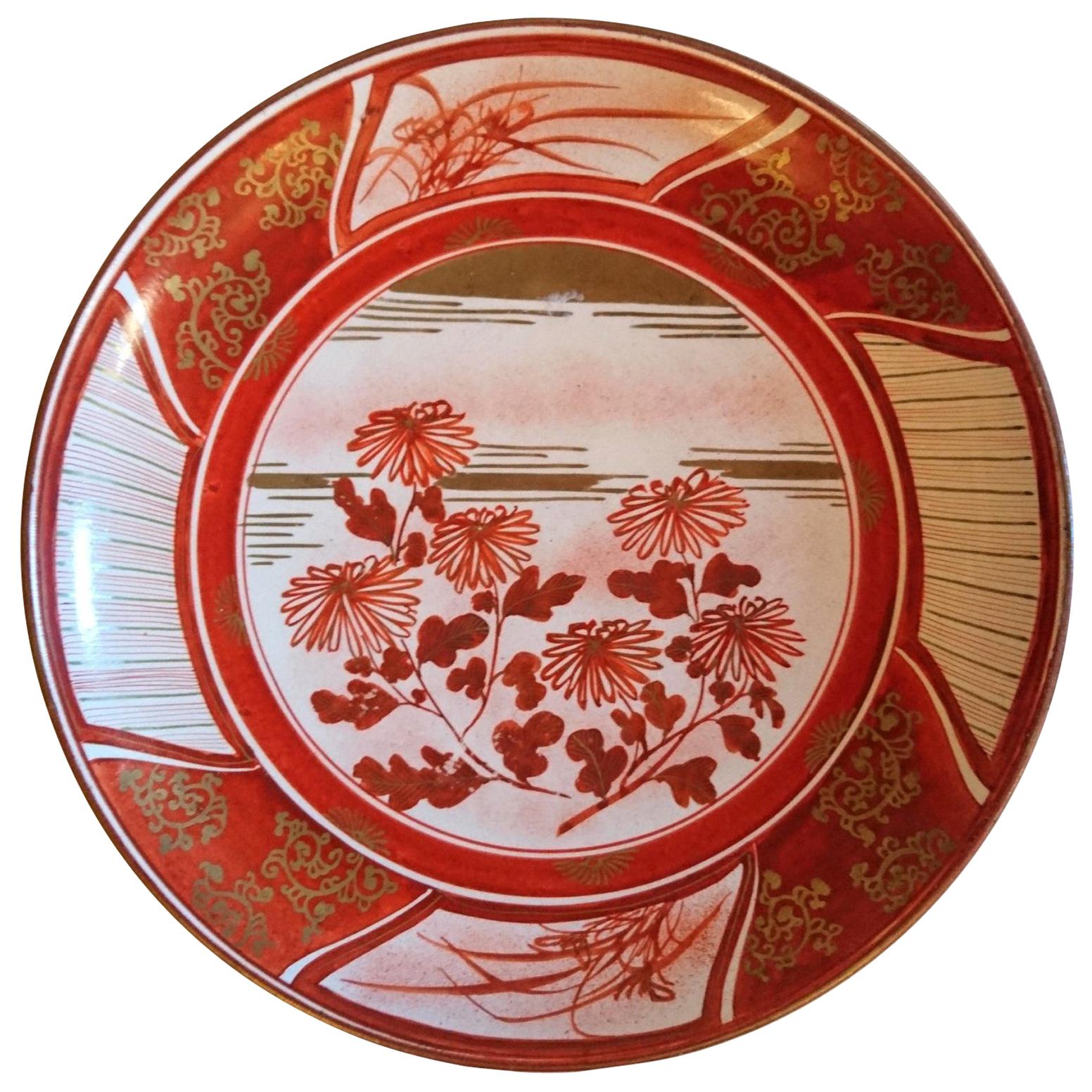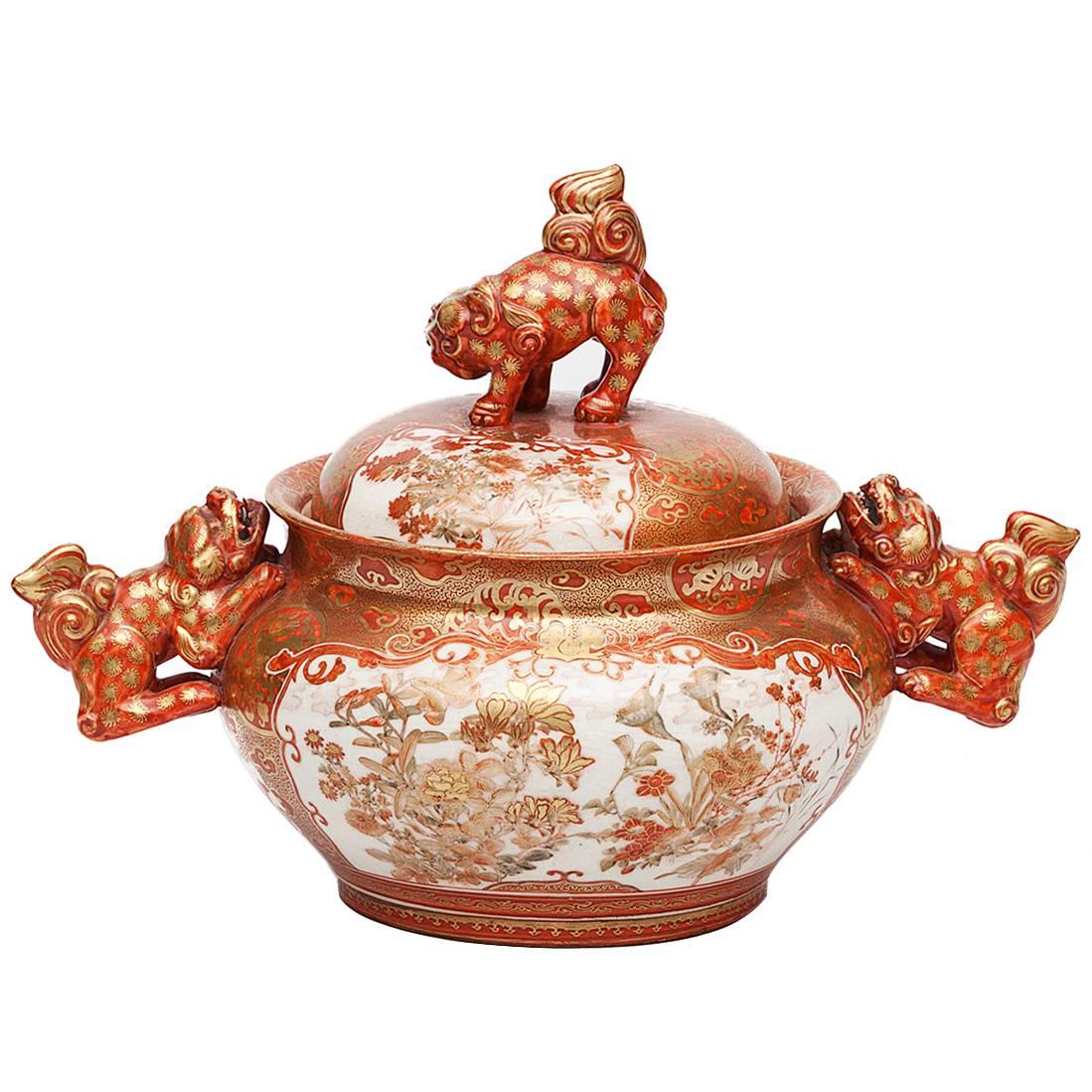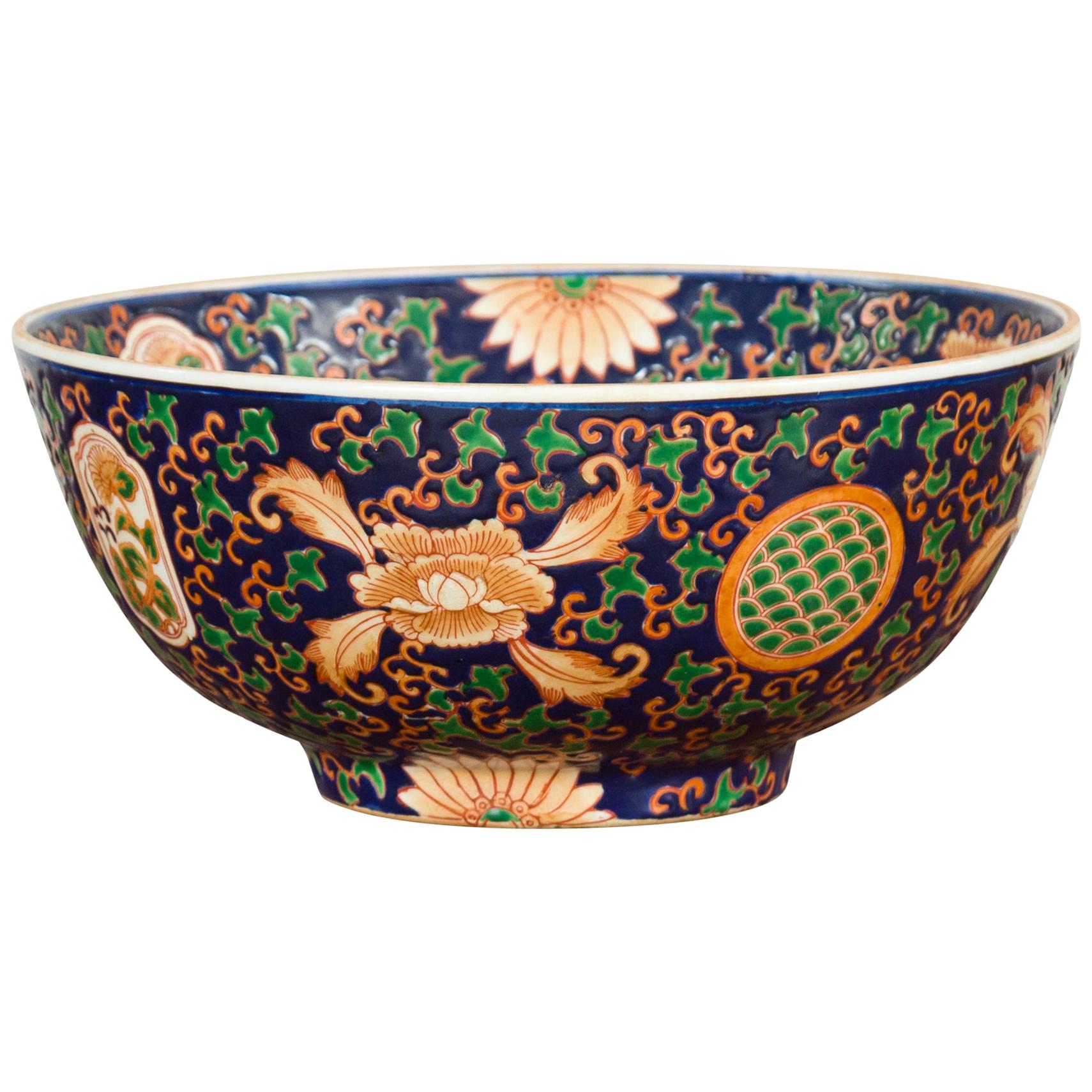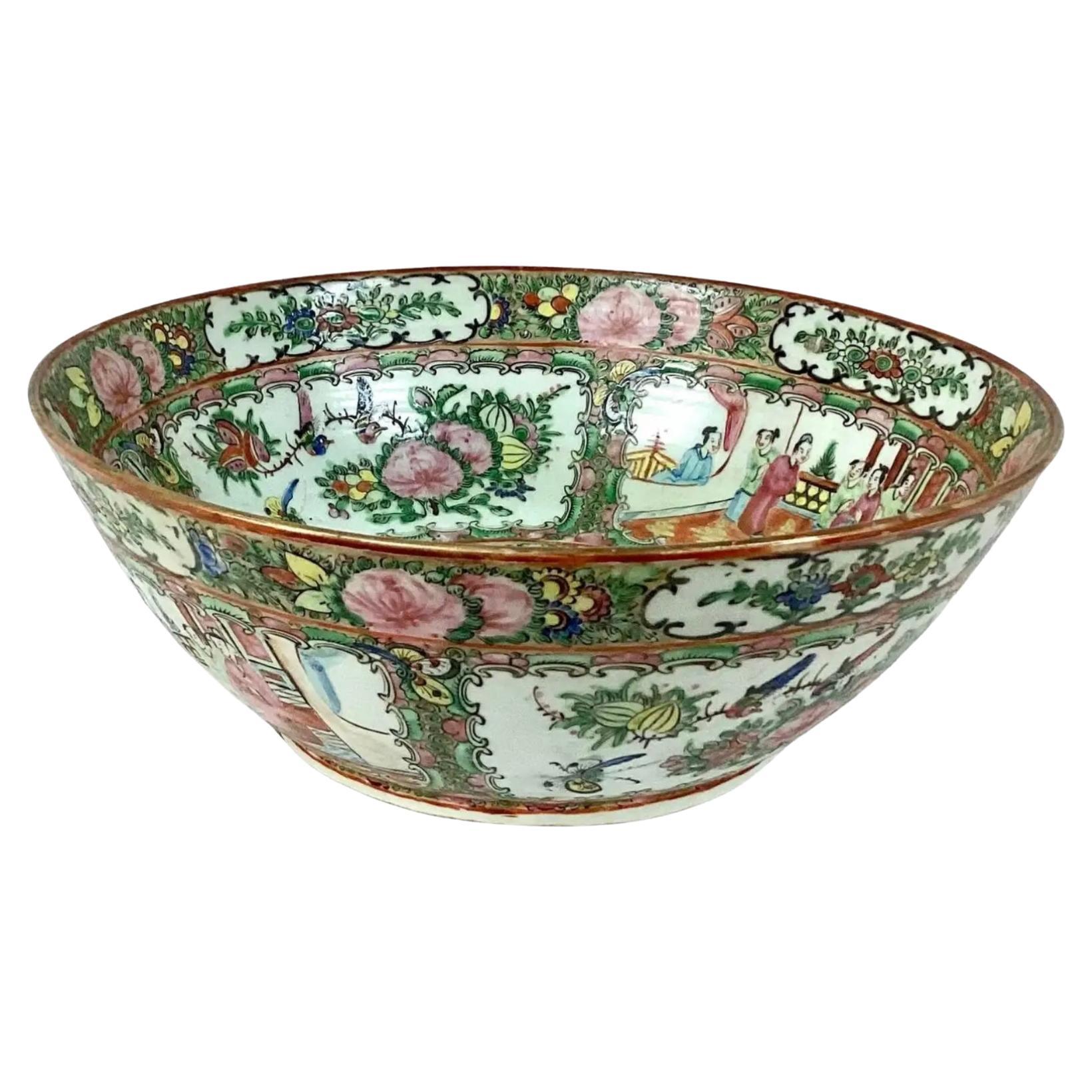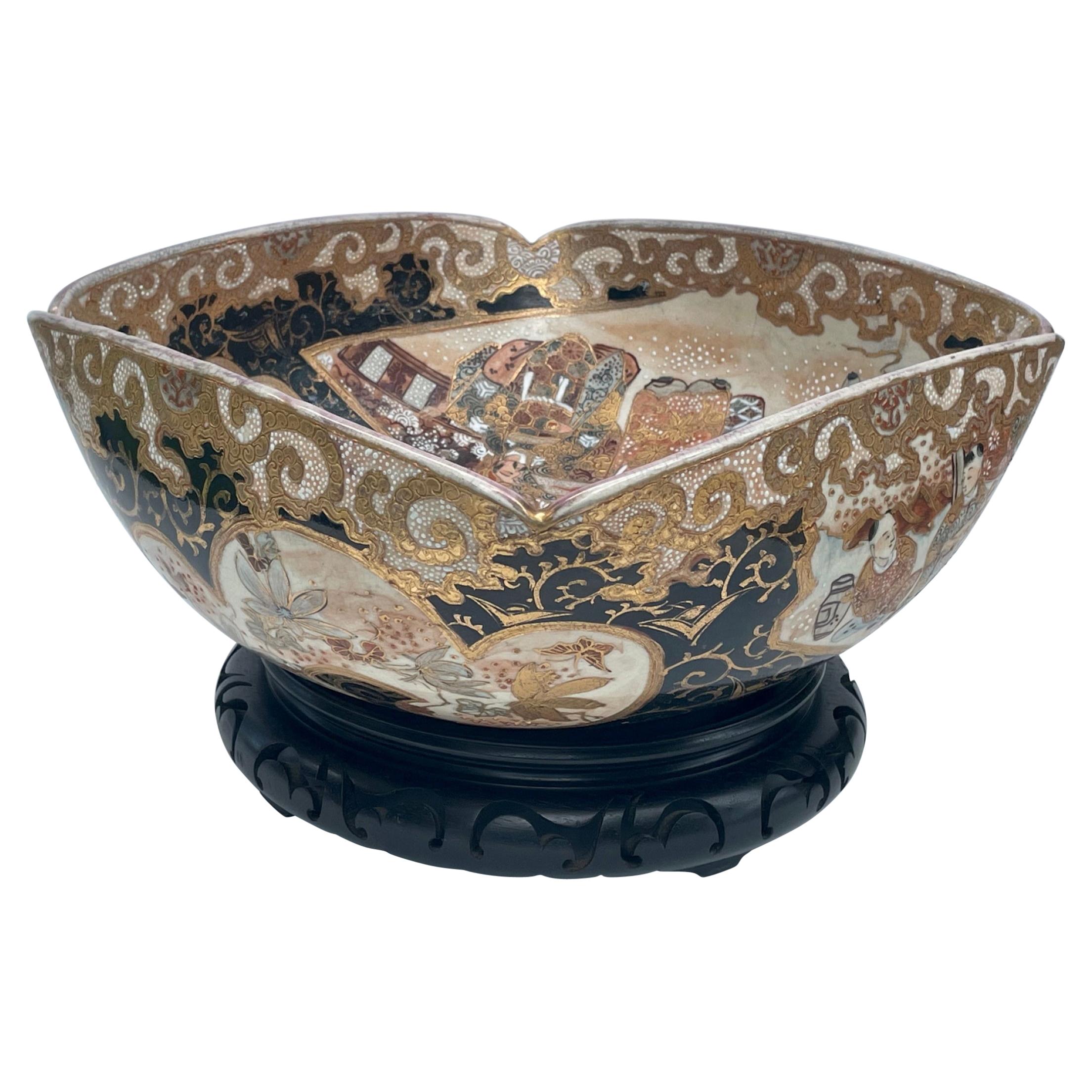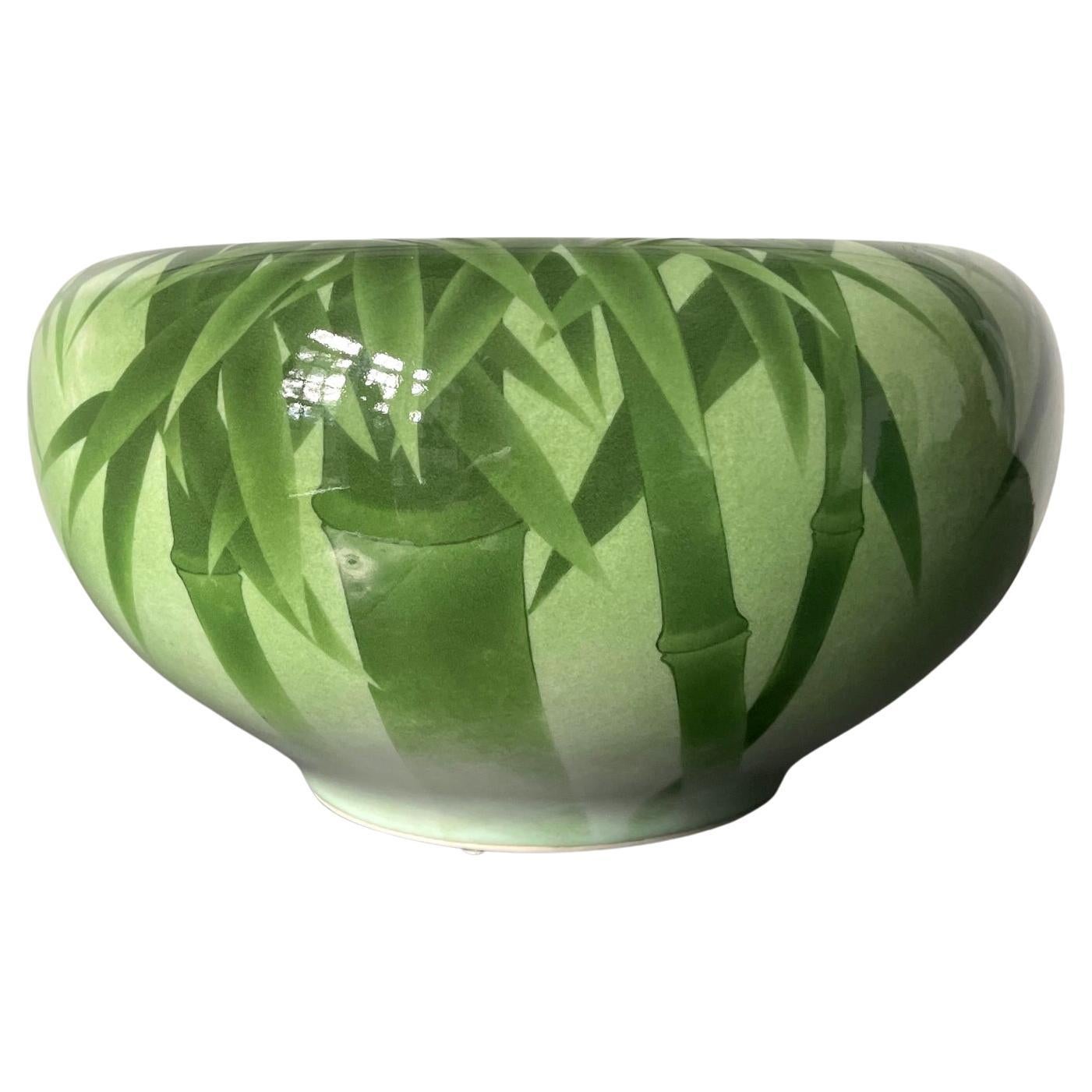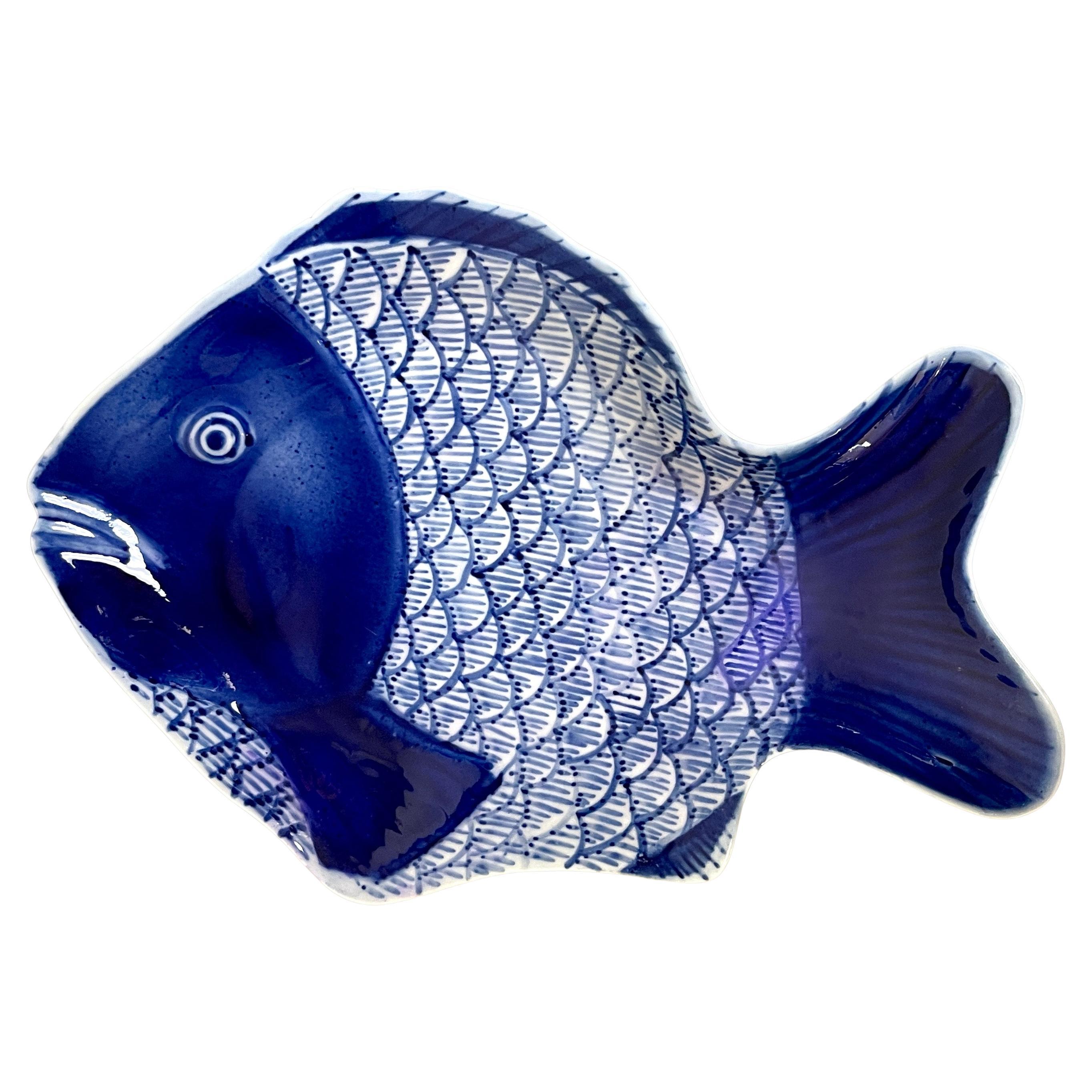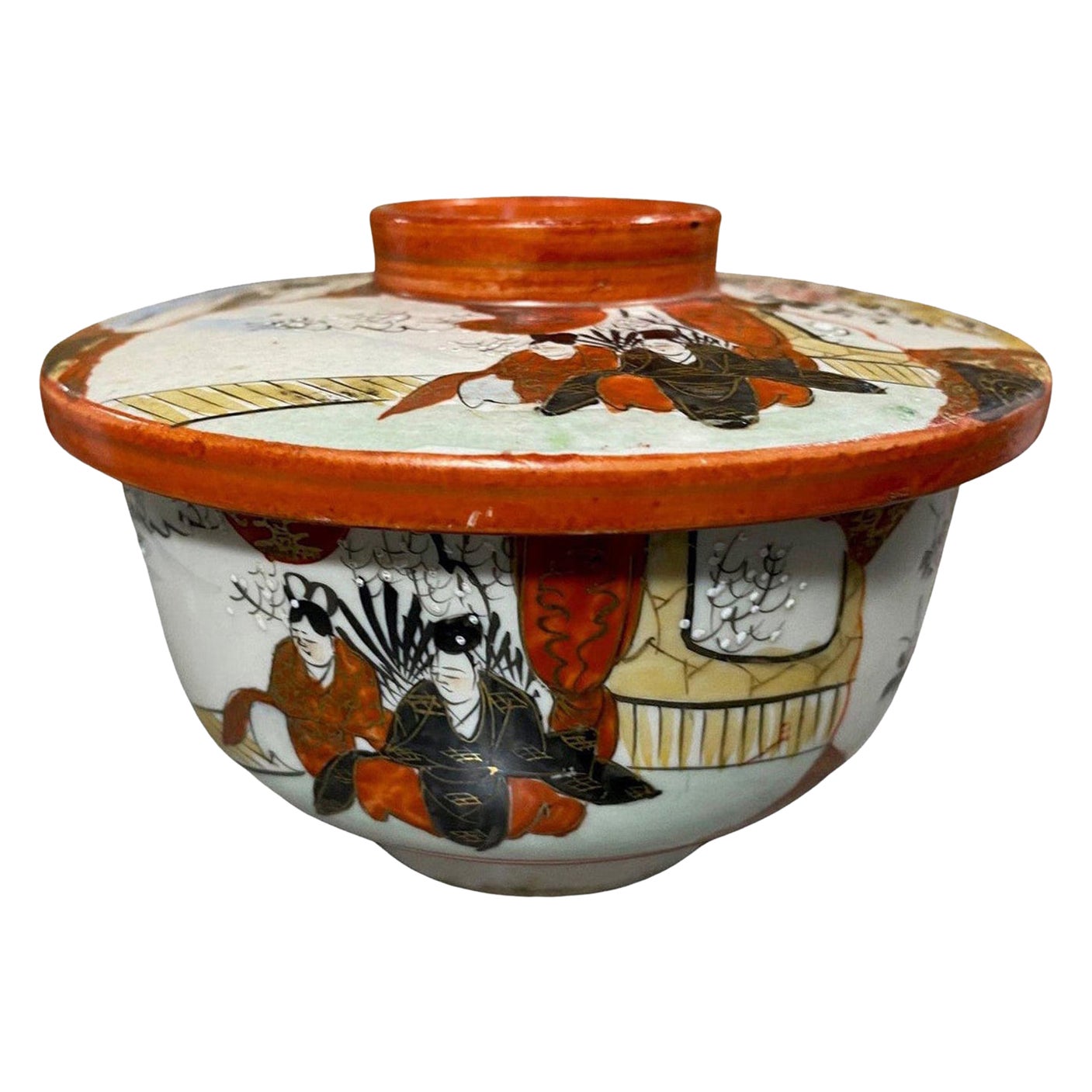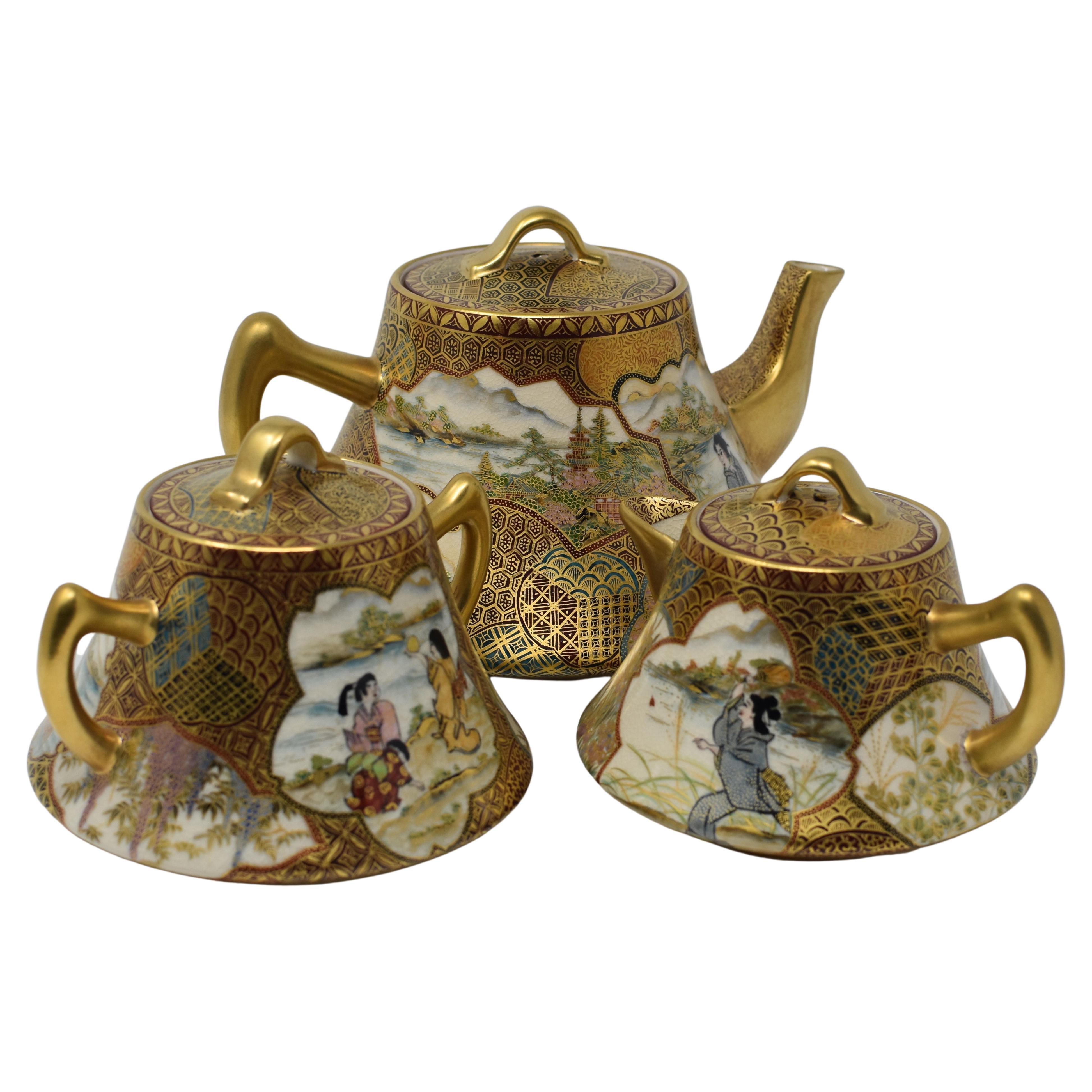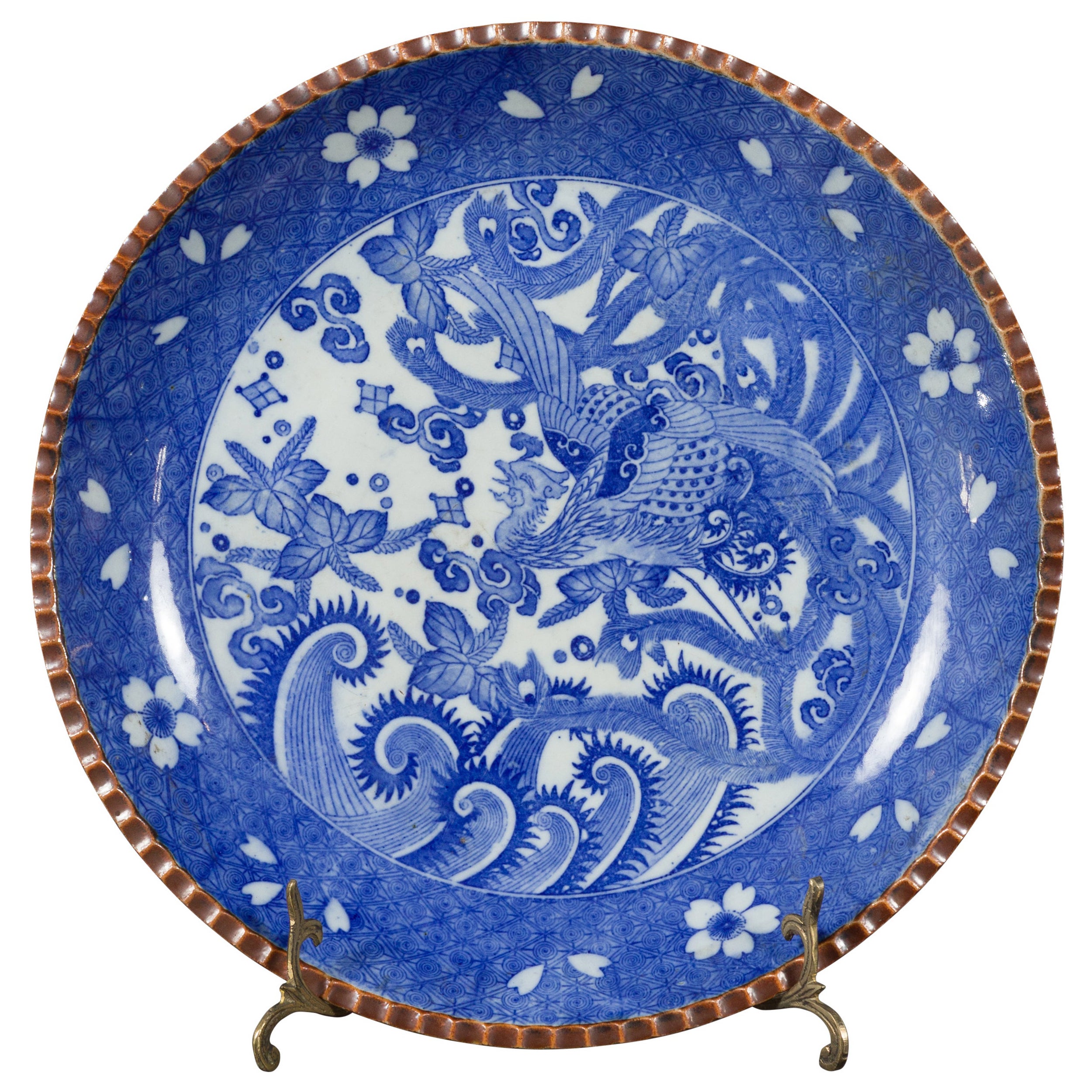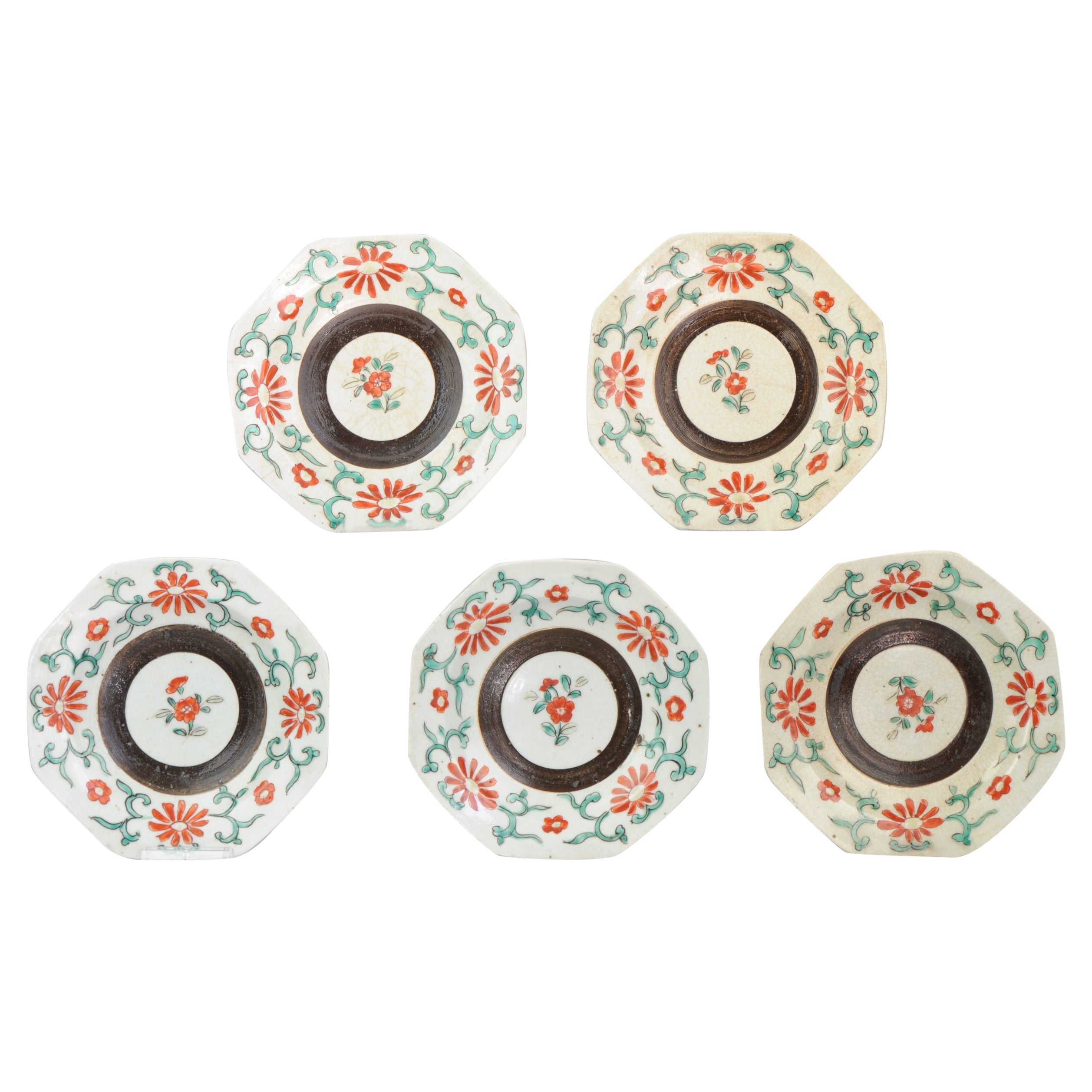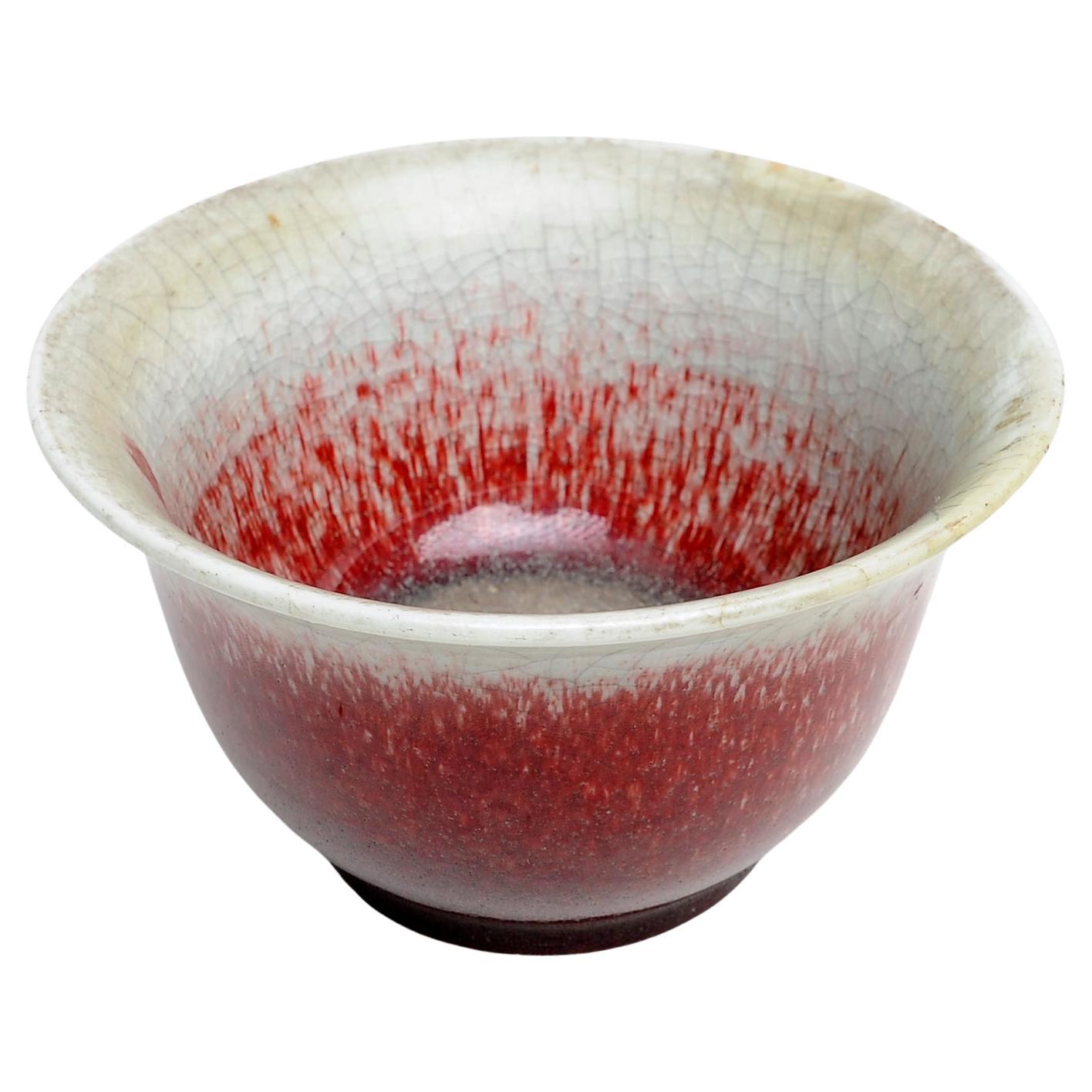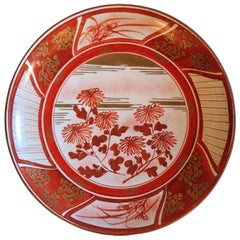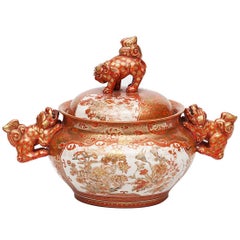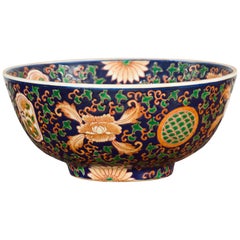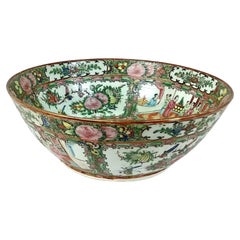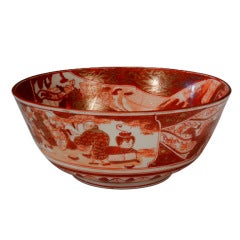
Meiji Period Aka-e Kutani 11" Bowl in Red and Gold on White
View Similar Items
1 of 10
Meiji Period Aka-e Kutani 11" Bowl in Red and Gold on White
$645List Price
About the Item
- Dimensions:Height: 4.75 in (12.07 cm)
- Materials and Techniques:
- Place of Origin:
- Period:
- Date of Manufacture:1870-1890
- Condition:
- Seller Location:Quechee, VT
- Reference Number:Seller: C-LD-12-X11stDibs: U120522928636
Authenticity Guarantee
In the unlikely event there’s an issue with an item’s authenticity, contact us within 1 year for a full refund. DetailsMoney-Back Guarantee
If your item is not as described, is damaged in transit, or does not arrive, contact us within 7 days for a full refund. Details24-Hour Cancellation
You have a 24-hour grace period in which to reconsider your purchase, with no questions asked.Vetted Professional Sellers
Our world-class sellers must adhere to strict standards for service and quality, maintaining the integrity of our listings.Price-Match Guarantee
If you find that a seller listed the same item for a lower price elsewhere, we’ll match it.Trusted Global Delivery
Our best-in-class carrier network provides specialized shipping options worldwide, including custom delivery.You May Also Like
Meiji Period Kutani Bowl
Located in Albano Laziale, Rome/Lazio
A decorative Japanese porcelain bowl decorated in iron red and gilt, late Meiji period.
Category
Antique Late 19th Century Japanese Meiji Porcelain
Materials
Porcelain
Japanese Meiji Orange and Gold Porcelain Kutani Bowl
Located in Long Island City, NY
This delicately hand-painted Meiji-period Kutani-ware bowl is ornamented with lion-shaped handles on the bowl and lid, and is decorated in orange and gold with panels depicting floral arrangements, surrounded by scrolling borders. On the base is the "Dai Nippon...
Category
Antique 1890s Japanese Meiji Porcelain
Materials
Porcelain
Hand Painted Floral Decor Bowl with Cobalt Blue Ground and Scrolling Motifs
Located in Yonkers, NY
A hand painted ceramic bowl with cobalt blue ground, green and orange floral decor. Attracting our eyes with its rich motifs, this hand-painted decorative bowl features a cobalt blue...
Category
Late 20th Century Chinese Serving Bowls
Materials
Ceramic
Large Chinese Porcelain Famille Rose Medallion Bowl #10
Located in Bradenton, FL
Large colorful vintage Chinese export famille rose medallion porcelain bowl. Features classic oriental scenes with Chinese people throughout. Ov...
Category
Antique 19th Century Chinese Chinese Export Serving Bowls
Materials
Porcelain
Japanese Meiji Period Satsuma Large Square Bowl Centerpiece
By Satsuma
Located in Vero Beach, FL
Japanese Meiji Period Satsuma large square bowl
Antique early Meiji Period 15" square with scalloped rim Satsuma bowl. Highly unusual and finely painted. ...
Category
Antique 19th Century Japanese Meiji Ceramics
Materials
Ceramic
$4,160 Sale Price
20% Off
Japanese Ceramic Centerpiece Bowl Makuzu Kozan Meiji Period
By Makuzu Kozan
Located in Atlanta, GA
A beautiful ceramic vessel in the form of Bo, the so-called monk's alms bowl from the studio of Japanese Potter Makuzu Kozan, also known as Miyagawa Kozan (1842–1916), one of the most established and collected ceramist from Meiji Period. Born as Miyagawa Toranosuke, Kozan established his pottery studio in Yokohama circa 1870s and later became one of the appointed artists to the Japanese Imperial household. His work was exhibited in many international fairs that the Meiji government participated at the turn of the century and won many grand prizes.
Of a relatively large size, this piece was made as a decorative center piece for display. It was brilliantly decorated with underglaze paint of a green-on-green bamboo motif, using the novel technique developed by Kozan called Fuki-e (the blow painting). As a result, the bamboos appear took on a three-dimensional quality as if appearing in a mist. Known as one of the most creative ceramists, circa 1887, Kozan started experimenting with new chemical colors from the West in the format of his porcelain glaze. New colors allowed him to create underglaze design that appeared bright, smooth and glossy. To create design that is realistic and dimensional, more common in the western paintings, he was inspired by the native Japanese ink painting technique developed around 1900 by Yokoyama Taikan...
Category
Antique Early 1900s Japanese Japonisme Ceramics
Materials
Ceramic
Recently Viewed
View AllMore Ways To Browse
Male Archer
Japanese Kutani Bowl
Blue Phoenix Japan
Large Imari Charger
Canton Famille Rose Porcelain
Empress China
Canton China Early 19th Century
Imari Dragon
Ming Blue White Plate
Ming Dynasty Dish
Vintage Japanese Kutani
Chinese Monochrome Porcelain
Kangxi Imari
Retro Treasure Craft Pottery
Satsuma Figures
Wanli Porcelain
Chinese Canton Enamel
Chinese Wanli Porcelain
